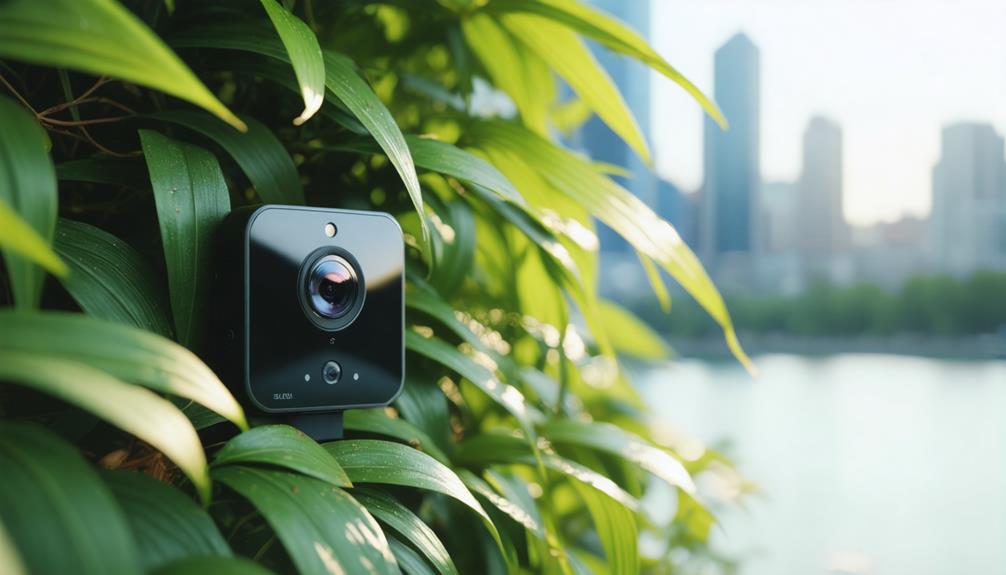
Brainstorm Security Shop

For Orders Over $199

On Any Of Our Products

Details On Refund Page
When you’re considering the purchase of a folding knife, you might wonder what sets the best apart from the rest. It’s not just about the sharpness of the blade but also the quality of the materials and the precision of the mechanism. High-grade stainless or carbon steel is a must, ensuring that your knife withstands the rigors of daily use without faltering. But there’s more to unravel about these sophisticated tools. From the intricacies of their locking mechanisms to the subtleties of handle design, each element plays a pivotal role in performance and comfort. What might surprise you are the innovations that have recently emerged in this field.
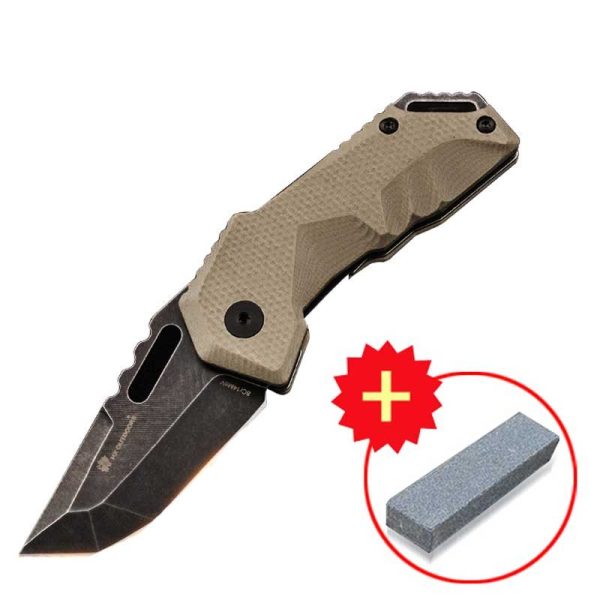
To truly appreciate a folding knife’s versatility, you need to understand its mechanics. At its core, a folding knife consists of a blade and a handle, connected by a pivot that allows the blade to fold into the handle. This design makes it compact and safe to carry, especially when equipped with a locking mechanism.
You’re probably familiar with several types of locks, each with its strengths. For instance, the liner lock is easy to handle, allowing you to close the knife with one hand. Meanwhile, the frame lock is similar but uses a part of the handle frame to secure the blade. There’s also the back lock, which features a notch on the blade that fits into a spring-loaded hook at the spine of the handle. It’s renowned for its durability and reliability.
Lastly, don’t overlook the importance of the pivot mechanism. It influences the smoothness of the blade’s deployment and retraction. A high-quality pivot reduces wear over time and maintains the knife’s functionality.
When choosing a folding knife, the blade and handle materials are crucial for performance and durability. You’ll find that stainless steel blades are incredibly popular due to their resistance to rust and easy maintenance. If you’re looking for something a bit more high-end, carbon steel is a great choice. It’s known for its ability to hold a sharp edge longer than stainless steel, though it requires more care to prevent rust.
For handles, you’ve got a plethora of options. G-10, a fiberglass-based laminate, offers excellent durability and isn’t affected by wet conditions, making it ideal for outdoor activities. If you prefer a more natural feel, wood handles provide a classic look and comfortable grip but might need more maintenance to keep them in top shape.
Titanium is another top choice for both blades and handles. It’s lightweight, extremely strong, and resistant to corrosion. It’s more expensive, but its longevity makes it worth the cost for many enthusiasts. Aluminum handles are also popular for their light weight and durability, though they can be slippery when wet.
Choosing the right materials will ensure that your folding knife stands up to whatever you throw at it, combining functionality with style.
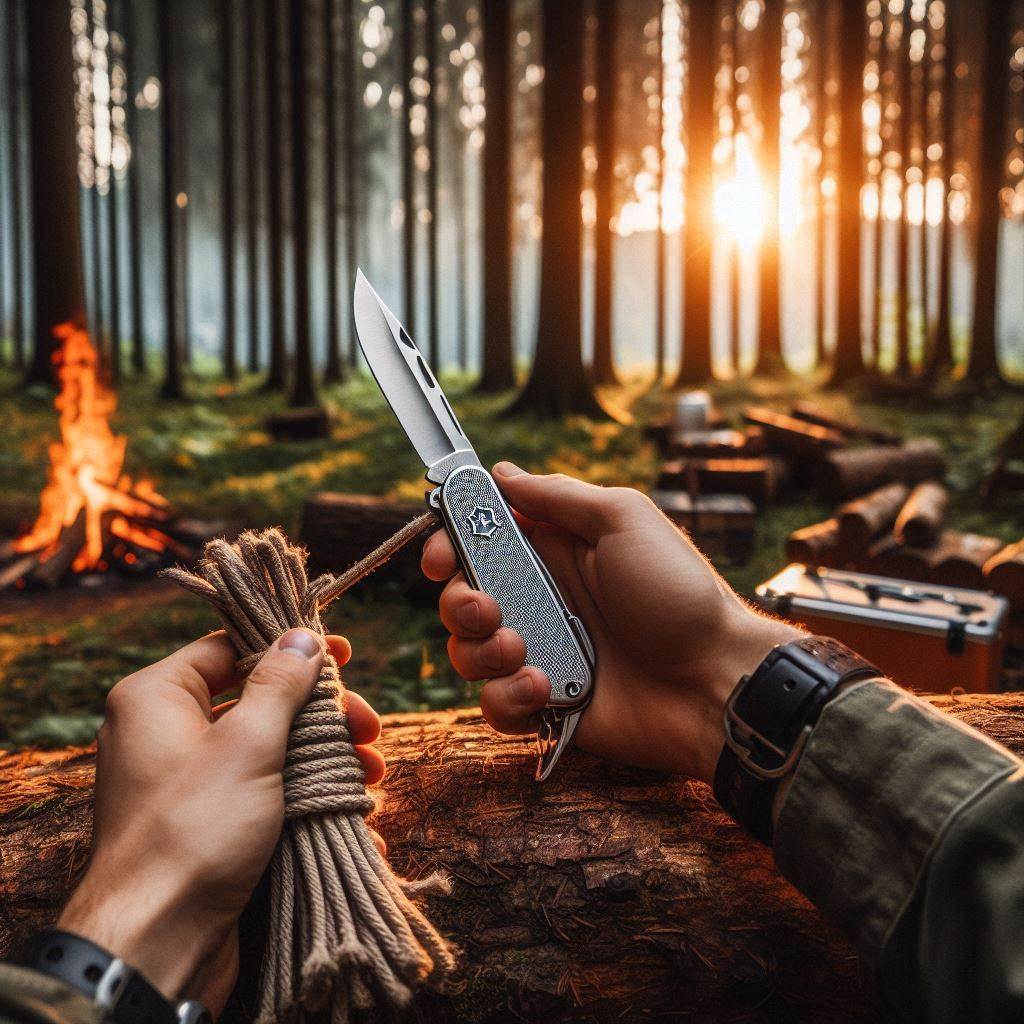
You’ll need to consider several key features when selecting a folding knife, including blade type, locking mechanism, and ease of opening. Blade type is crucial as it determines the knife’s suitability for specific tasks. You’ve got options like drop-point, clip-point, and tanto, each offering distinct advantages. For instance, a drop-point is versatile for general use, while a tanto is ideal for piercing tough materials.
The locking mechanism is another vital feature, ensuring the blade stays open during use and enhances safety. Popular mechanisms include liner lock, frame lock, and lock back, each providing a different balance of security and ease of handling. You’ll want to choose a lock that feels secure and is easy to operate with one hand.
Ease of opening is about quick and effortless access to your blade. Look for knives with thumb studs, flipper tabs, or assisted opening mechanisms. These features can significantly affect how quickly you can deploy the knife, a critical factor in emergency situations or when you’re using it frequently.
Lastly, consider the handle material and ergonomics. A comfortable grip and durable material like G-10 or aluminum can make a big difference in handling and overall performance.
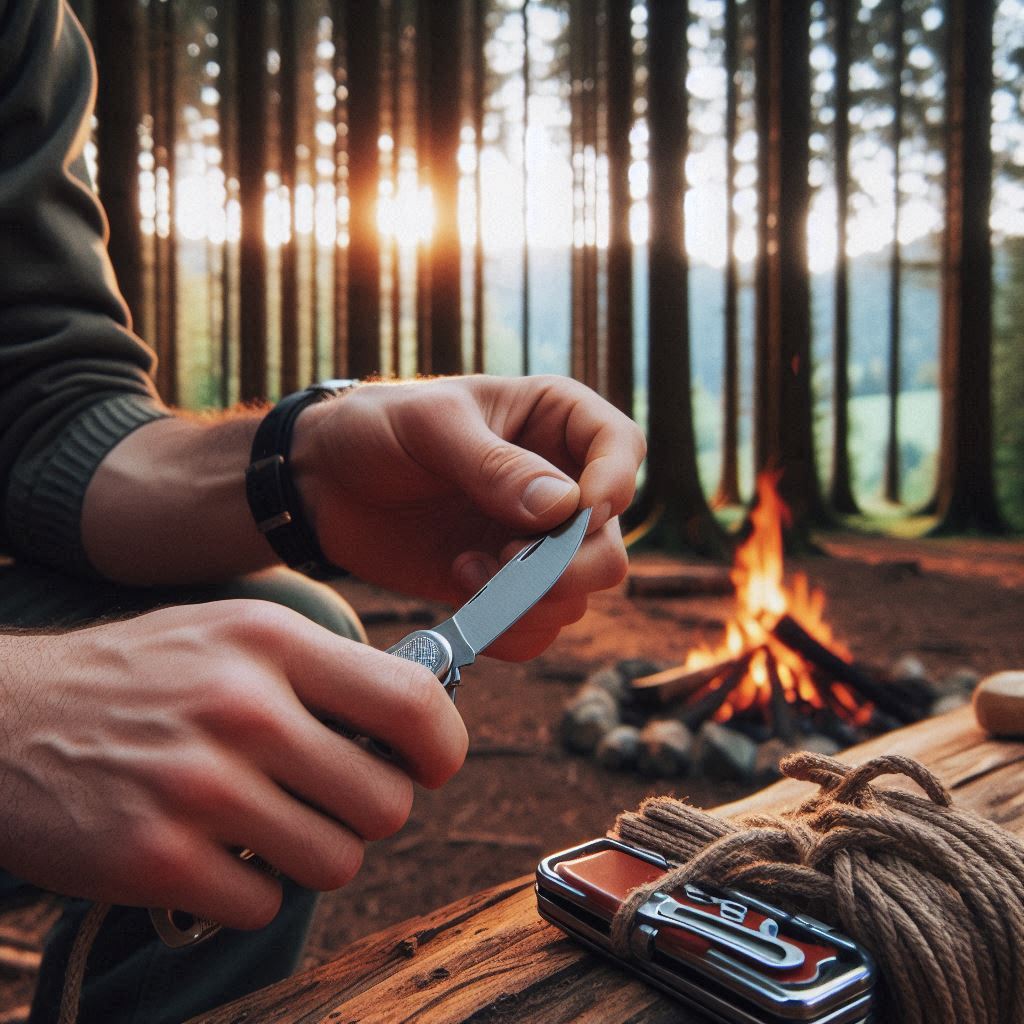
Let’s examine some of the most sought-after folding knife models on the market today.
You’ve probably heard of the Benchmade Bugout. Known for its lightweight design and exceptional durability, it’s ideal if you’re looking for a reliable everyday carry. The blade is made from high-quality steel, ensuring it holds up under tough conditions.
Next, consider the Spyderco Paramilitary 2. It features a unique compression lock that’s both safe and easy to handle. The ergonomic design fits comfortably in your hand, making it perfect for prolonged use. Plus, its sharp, precise blade is versatile for various cutting tasks.
Don’t overlook the Kershaw Leek either. This knife sports a sleek, slim profile with a SpeedSafe assisted opening mechanism that allows for quick, one-handed opening. It’s particularly favored for its portability and sharp edge retention.
Lastly, the CRKT Pilar is a compact model that punches above its weight. It’s incredibly sturdy with a frame lock mechanism that ensures the blade stays fixed when you’re using it. The minimalist design isn’t just about looks; it’s practical, fitting snugly in smaller pockets or tight spaces.
These models each offer something unique, making them top choices for knife enthusiasts and casual users alike.
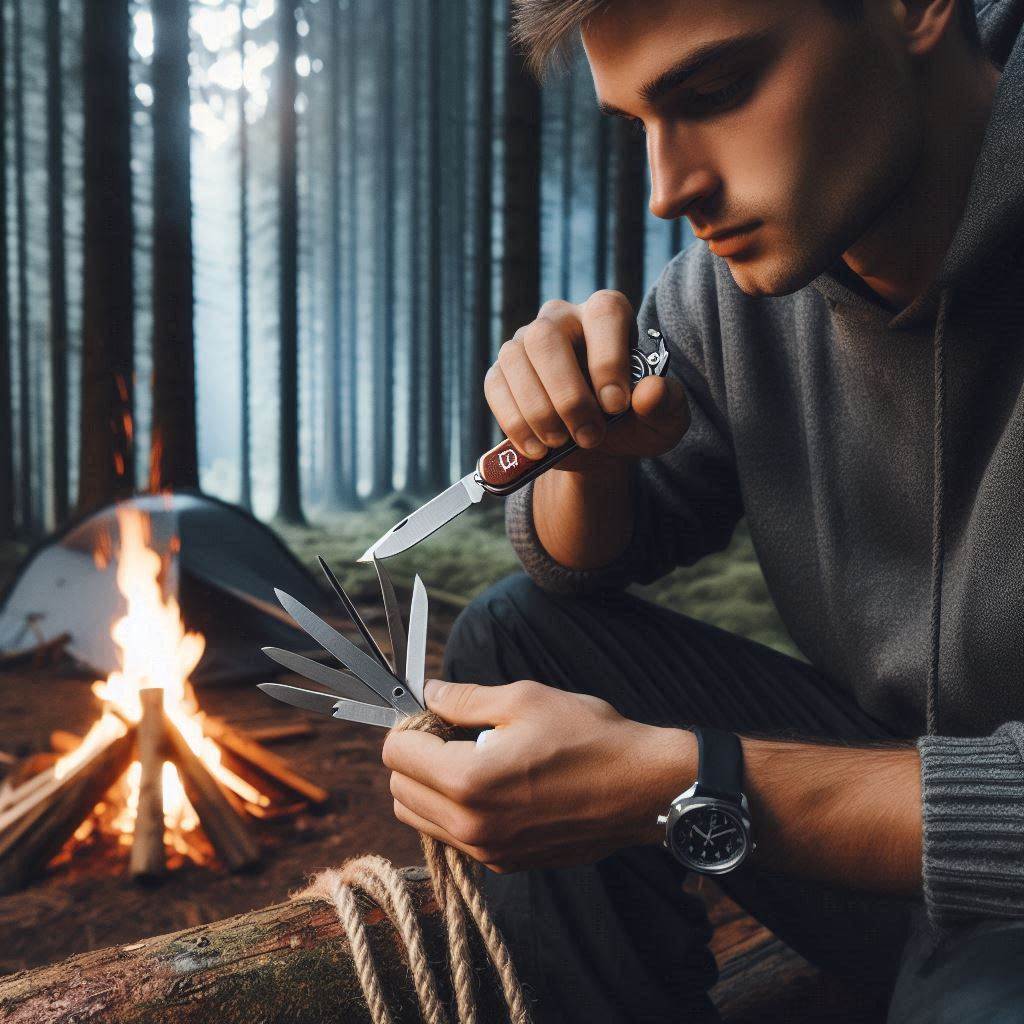
Maintaining your folding knife regularly ensures it stays sharp and functional for years to come. Here’s how you can keep yours in top condition.
First, clean the blade after each use. Wipe it down with a damp cloth and dry it thoroughly to prevent rust. Use a mild detergent if you’ve cut anything acidic or sticky.
Lubrication is key to preserving the folding mechanism. Apply a few drops of light oil to the pivot area every few months, or more frequently if you’re using it in a dusty or wet environment. This keeps the action smooth and prevents wear.
Don’t forget to sharpen your blade regularly. A dull knife isn’t only ineffective but also more dangerous because you’ll need to apply more force to cut. Use a whetstone or a knife sharpener designed for the angle of your blade. Follow the manufacturer’s instructions carefully to maintain the edge.
Lastly, store your knife in a dry place. If it has a sheath, make sure the sheath is clean and dry as well. Avoid leaving your knife in environments where it might be exposed to extreme temperatures or humidity, which can damage both the blade and handle.
So, you’ve explored the intricacies of top-tier folding knives, from their robust mechanics to the premium materials used in their creation.
Remember, choosing a knife with the right features enhances its versatility and longevity. Regular maintenance is key to keeping your knife in tip-top shape.
Whether you’re a seasoned collector or a first-time buyer, investing in a high-quality folding knife means securing a reliable tool that’s ready to perform whenever you need it.
Happy cutting!
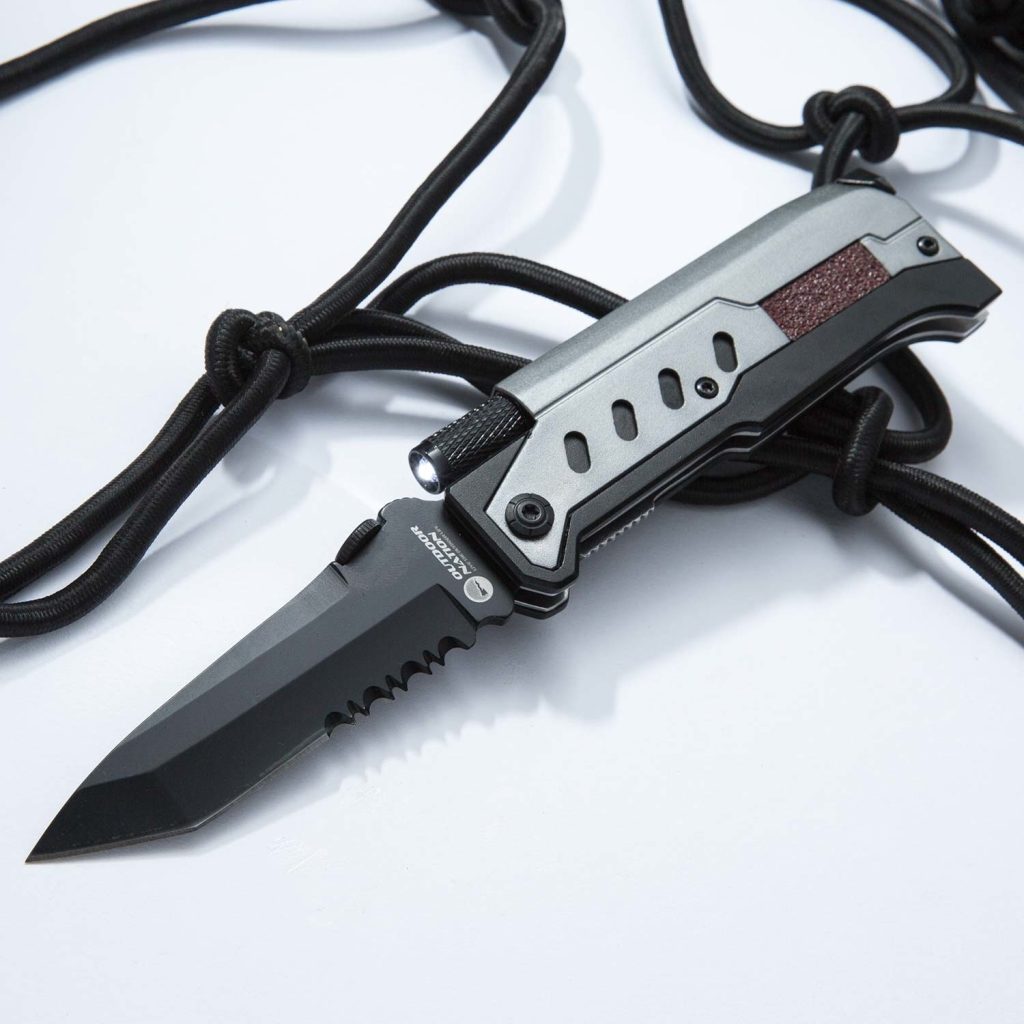
Brainstorm Security Shop
1867 Caravan Trail
Ste 105
Jacksonville, FL 32216
Call us toll free: (800) 859-5566